ASUS PQ321Q UltraHD Monitor Review: Living with a 31.5-inch 4K Desktop Display
by Chris Heinonen on July 23, 2013 9:01 AM ESTGiven the lofty price tag, there is a good chance the ASUS PQ321Q is targeting graphics and print professionals, so meeting the sRGB standards of 80 cd/m2 and its custom gamma curve will be important.
Looking at the grayscale first, sRGB is just as good as our 200 cd/m2 target is. The gamma is virtually perfect, and there is no color shift at all. The contrast ratio falls to 667:1, which I expected as the lower light output leaves less room for adjustments. Graded just on grayscale and gamma, the PQ321Q would be perfect.
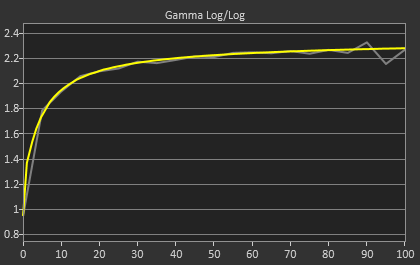
As soon as we get to the gamut, we see the same issues here as I expected to. That gamut is just a little off which gives us some noticeable dE2000 errors at 100% saturations for all colors.
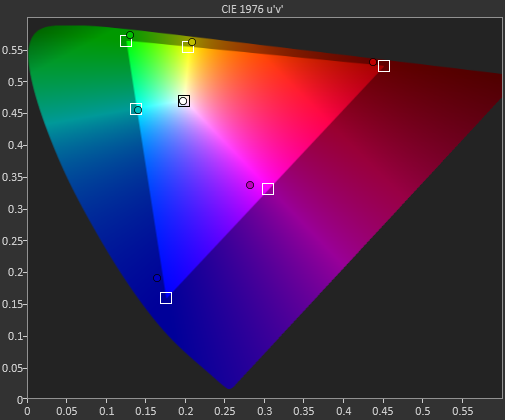
Here with the color checker charts, we see a large difference between the Gretag Macbeth results and the 96-sample results. The error rises from 1.62 to 2.05 as we are sampling more orange/yellow shades that fall outside of the gamut. Nothing really different than the last calibration, so the same issues apply.


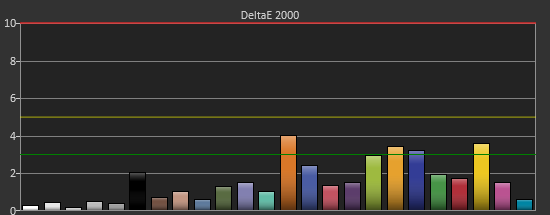
The saturations are also identical to see here. They start out with small errors but by the end, every color except for Cyan is showing a noticeable error at 100%.
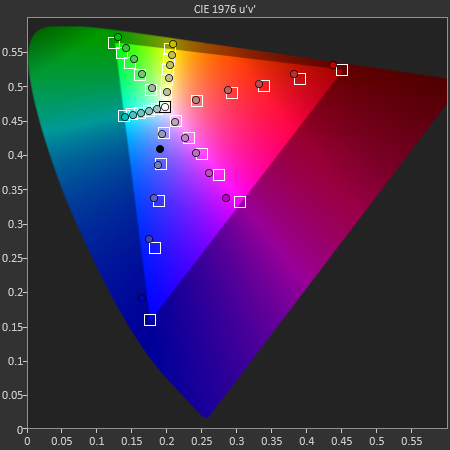
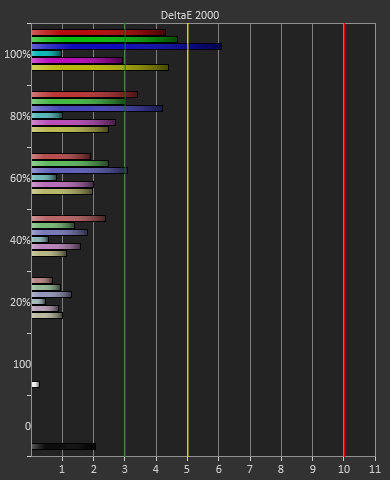
For 200 cd/m2 and a gamma of 2.2 or for 80 cd/m2 and the sRGB gamma, the ASUS PQ321Q performs almost equally. The grayscale and gamma are perfect, but the gamut has some issues. Once we start to see more displays using this same panel, but different electronics and possibly different backlights, then we can determine what is causing this shift in the gamut. With the initial target for the ASUS likely being professional designers, these errors seem a bit out-of-place.


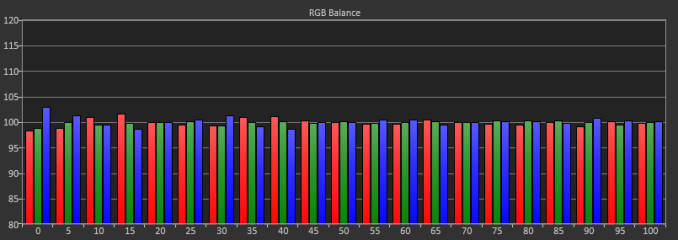
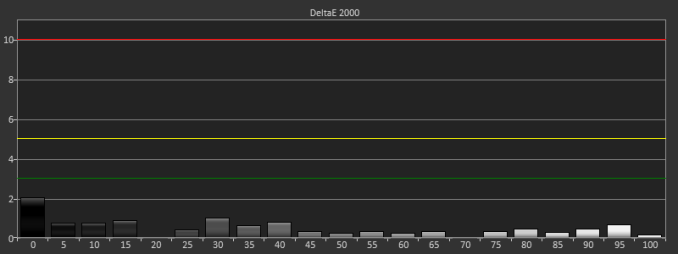











166 Comments
View All Comments
cheinonen - Tuesday, July 23, 2013 - link
And then after that you're going to sell far fewer, so your profit margins are going to have to change to adapt for that as well, and it really winds up making them far more expensive. It really is the best looking display I've used and the one I most want to keep around after the review period. Companies should be rewarded for taking the risk in releasing niche products that help push the market forward, and really are a breakthrough.Sivar - Tuesday, July 23, 2013 - link
Ideally they can cut 3 good 15" displays from the failed 30" material.Whether the process actually works this way, I don't know.
madmilk - Tuesday, July 23, 2013 - link
It doesn't work that way. That's like saying Intel can cut a quad core CPU into two dual core CPUs.sunflowerfly - Wednesday, July 24, 2013 - link
Where do you think Intel gets lower core count CPU's? They actually do disable cores and sell them for lower spec parts.DanNeely - Thursday, July 25, 2013 - link
They've done so in the past, and IIRC still do bin GPU levels that way; but in all their recent generations the dual and quad core CPUs that make up 99% of their sales have been separate dies.Your analogy breaks down even for the handful of exceptions (single core celeron, quadcore LGA2011); since the LCD equivalent would be to sell you a 15" screen in a 30" case with a huge asymmetric bezel covering 3/4ths of the panel area.
Calista - Thursday, July 25, 2013 - link
It's not just the parts getting more expensive to manufacture, it's also because the manufacturer knows it's a high-margin product. The difference in price for an APS-C vs an FF sensor is on the order of a magnitude smaller than the difference in price between the complete cameras, i.e. $500 vs $2500, even if the FF camera obviously also include faster processing, higher quality body etc.YazX_ - Tuesday, July 23, 2013 - link
companies would like like to milk users as its brought to Desktop marketed as NEW TECH, this is the only reason why its very pricey, and dont forget that on the next months other companies will bring their products into competition which will help greatly in reduce the prices.Fleeb - Tuesday, July 23, 2013 - link
This reply is better than yours: http://www.anandtech.com/comments/7157/asus-pq321q...madmilk - Tuesday, July 23, 2013 - link
No worries, there's a 4K 39" TV on Amazon for $700. Since that TV has the same number of pixels and isn't a whole lot bigger, I think we will soon be seeing these 32" displays fall into that sub-$1000 range as well.peterfares - Wednesday, July 24, 2013 - link
That screen is lower quality and doesn't have an input capable of driving it at 60Hz at 4K